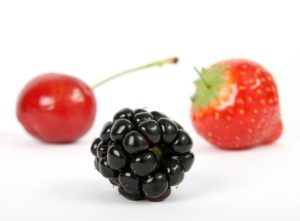Rethinking the origins of inflammatory diseases | Wall Street Journal
By Shilpa Ravella
There is a yin and yang to inflammation that is analogous to using a fire hose. Too little water pressure in the hose and the fire—be it a germ or another intruder—wins. Too much and the body can turn on itself, drowning in autoimmunity. But sometimes the hose simply leaks, and a low-level inflammation simmers quietly in the body. We cannot see hidden inflammation with our naked eye—as we can the swollen joints of patients with rheumatoid arthritis and the rashes of those with lupus—or with the tools we typically use to diagnose inflammatory diseases. Otherwise healthy people walking around with this type of inflammation are entirely unaware that it exists within them. There may be no obvious signs or symptoms.
Boosting immunity with food
 In addition to getting enough sleep and exercise, managing stress, avoiding tobacco and minimizing alcohol use, choosing the right foods can boost immunity and help defend against infections. Some of the best foods for the immune system, as research shows, are the ones listed below. They’re full of fiber, vitamins, minerals, phytonutrients and other antioxidants:
In addition to getting enough sleep and exercise, managing stress, avoiding tobacco and minimizing alcohol use, choosing the right foods can boost immunity and help defend against infections. Some of the best foods for the immune system, as research shows, are the ones listed below. They’re full of fiber, vitamins, minerals, phytonutrients and other antioxidants:
greens (kale, collards, mustard greens, arugula, watercress), cruciferous vegetables (kale, cabbage, broccoli, brussels sprouts), onions, mushrooms, tomatoes, carrots, garlic, berries, beans and seeds (flax, chia, hemp).

